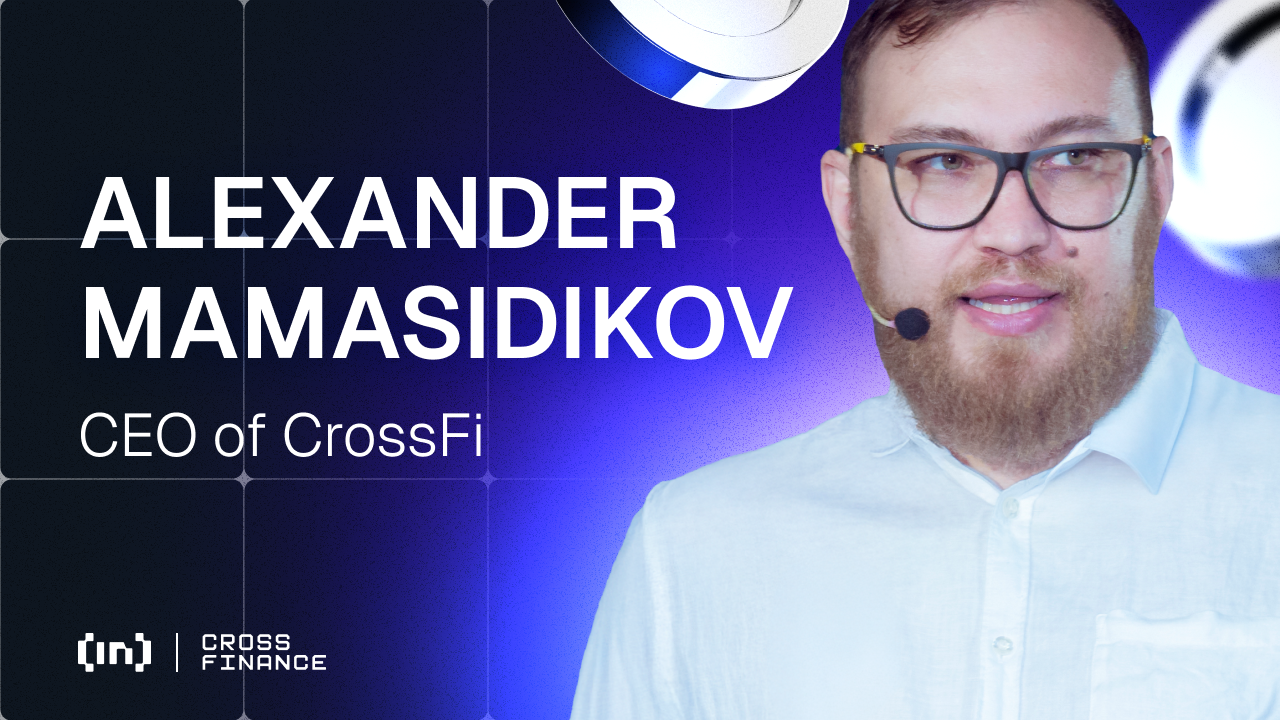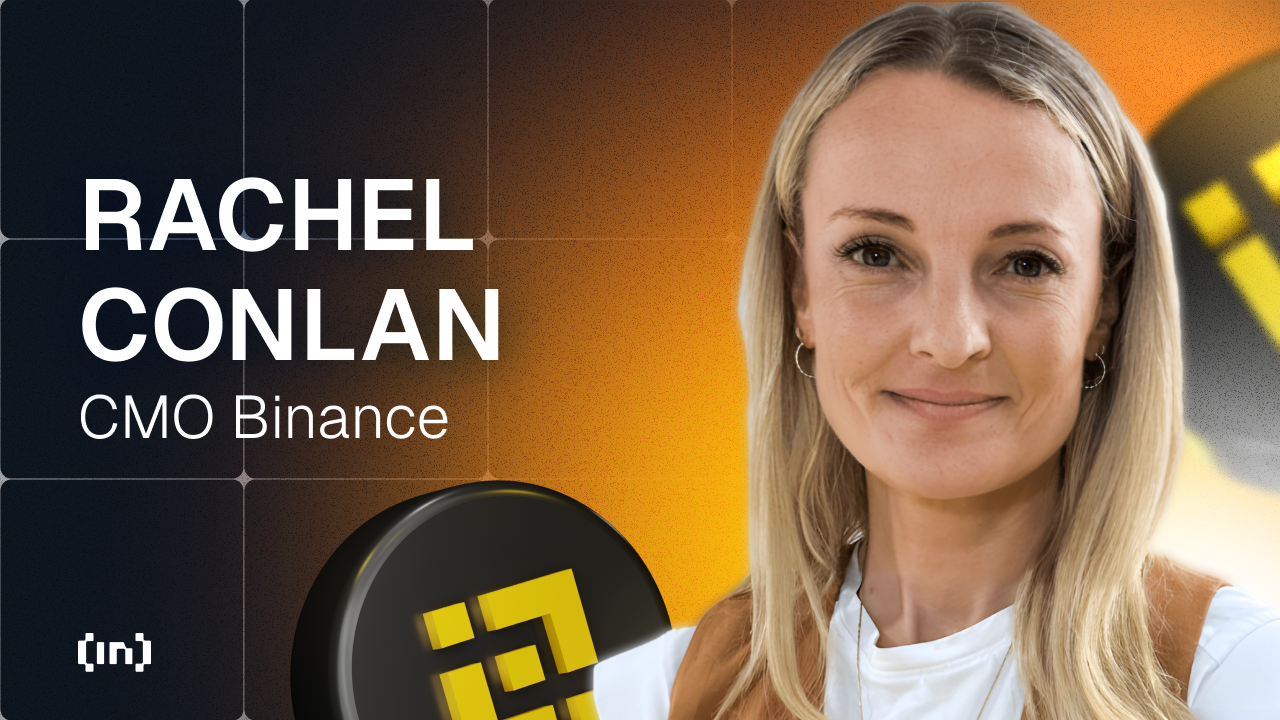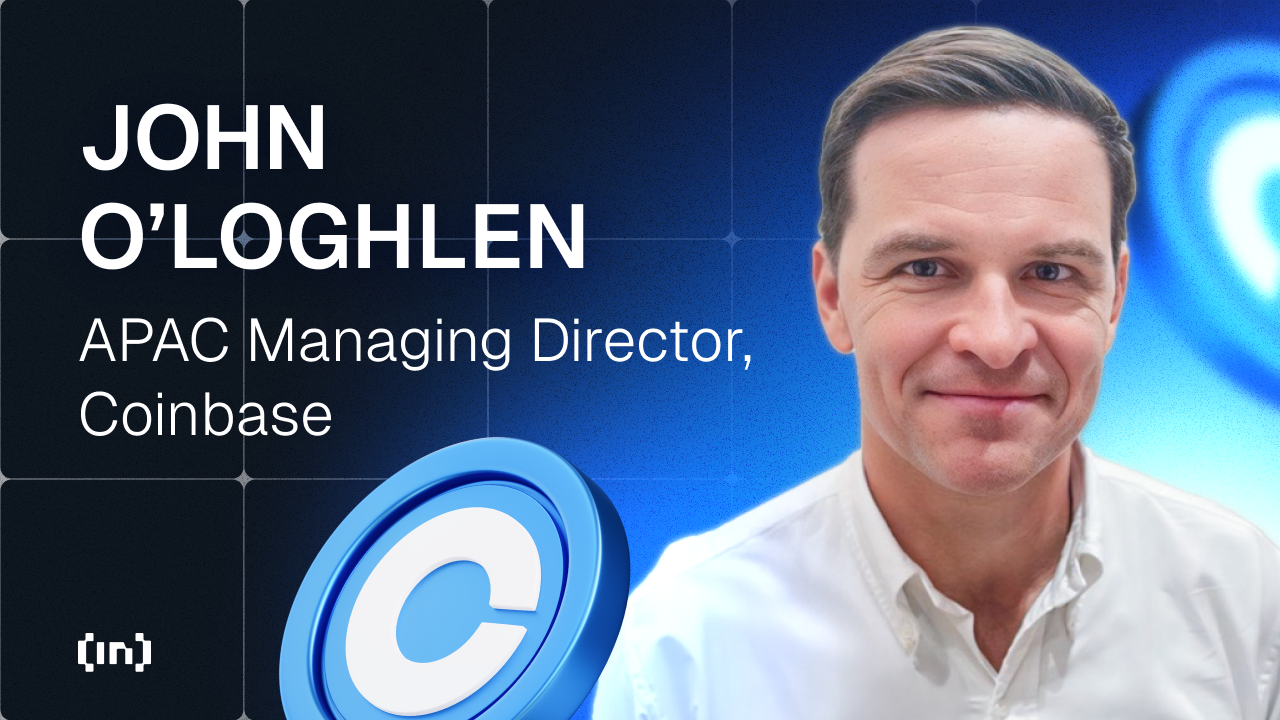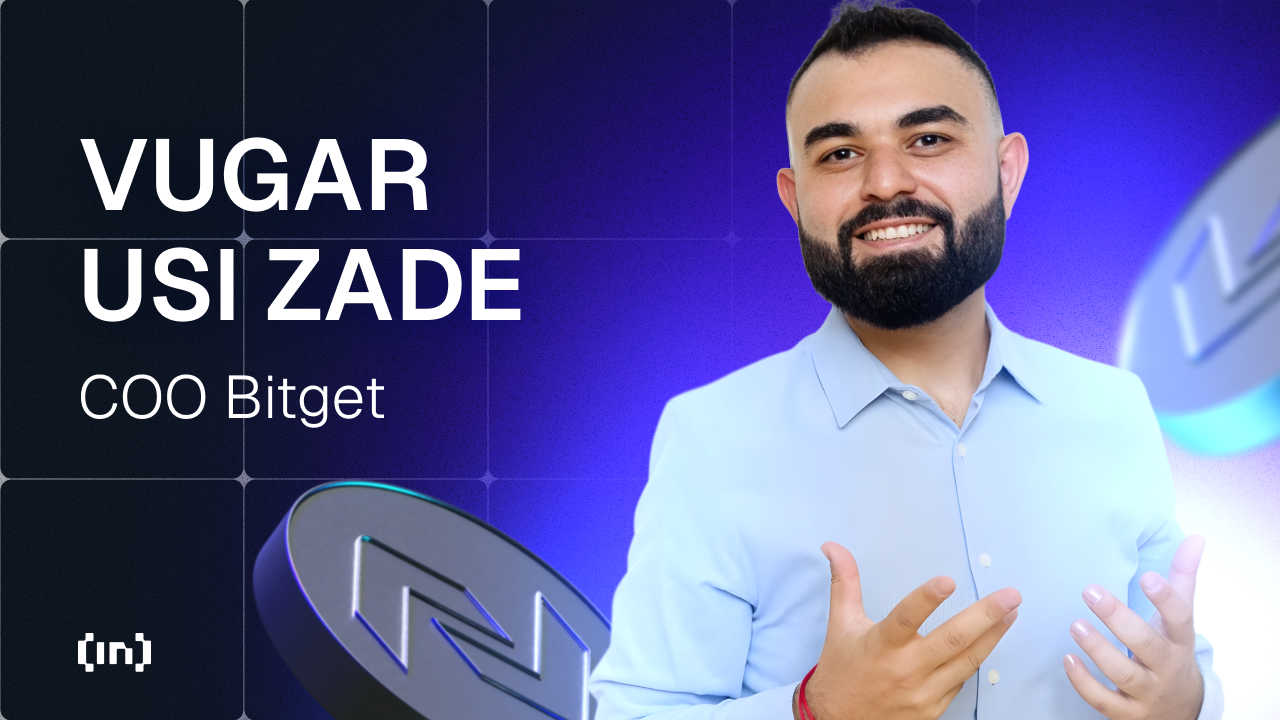Did you know that less than 10% of blockchain startups succeed? For the ones that fail, it usually isn’t due to lack of money but rather the execution.
According to a 2017 Deloitte report, less than 10% of all blockchain startups succeed, and a blockchain project’s average life span is about one year.
Launching a new enterprise – whether in Web3 or not – has always been challenging. The failure rate of all startups is 75% – within the blockchain industry, it can go above 90%.
The stark reality of blockchain startups and their short lifespan is that most aren’t following some key principles for a radically successful startup formula.
The old recipe followed by most entrepreneurs has been around for decades, and it follows the flat and simple structure of having a brilliant idea, writing a business plan, pitching to investors, forming a team, launching the product, and working (very) hard to sell it.
The failure rate of all startups is 75% – within the blockchain industry, it can go above 90%.
However, startups require a different approach. Even if they have money, the right team in place, an excellent product, and sheer determination – and that is, according to Eric Ries’ “The Lean Startup” concept, execution.
Five Blockchain Startup Keys to Success
Blockchain is a reasonably new technology compared with most systems; thus, it is hard to predict where it is heading.
The market is still maturing, and many of these enterprises fail due to a lack of money or infrastructure. Some of them had what would’ve been the perfect scenario for a traditional organization to thrive. However, blockchain requires a specific approach – experience, industry expertise, a clear vision, and the right mindset.
We’ve broken down the main factors that will help a blockchain startup succeed.
A Clear Vision
The cryptocurrency space may look like a quick-rich scheme to the average eye. So, many inexperienced venturers will only try to cash in without a concrete idea or product in place. Building a product for blockchain shouldn’t rely only upon a great idea – founders should know exactly what they want to develop and what for.
A clear vision of the product and a minimum viable product (MVP) are the stepping stones to success. It translates to the public the purpose of such a product, and the MVP will test out market acceptance.
Alena Afanaseva, CEO and co-founder of BeInCrypto, knew what she was doing when she started her company:
“I saw the opportunity, I made a deep research analyzing all the existing crypto news media, their audience, their geography, the trend of growth during the recent years. I read research regarding the potential of the blockchain industry and its speed of adoption in the coming years. All these tools confirmed my hypothesis and helped me to calculate the plan of growth in detail.”
The Product Should Solve an Actual Problem
Web3 itself is a new concept and is still in the early adoption stage, and a large percentage of the population has no idea about its very existence. That means there are still uncharted waters to explore and understand the market’s wants and needs.
The hype around crypto and blockchain caused many entrepreneurs to become profit-hungry rather than knowing whether their blockchain solution solves an actual problem.
If a problem’s solution is unknown or nonexistent, the likelihood of failure is high due to a lack of market adoption. In other words, even if the system or interface of a product is user-friendly and looks incredibly good, it won’t be successful if it does not solve a real problem and doesn’t get validation in the market by real customers.
DHL and Accenture have created a blockchain-based pilot with nodes in six geographies to track pharmaceuticals across the supply chain and reduce counterfeit medicines in the market.
Some successful cases are in different areas, including the healthcare industry. An important use case of blockchain is pharmaceutical supply chain management. According to Interpol, counterfeit medications cost one million lives yearly.
DHL and Accenture have created a blockchain-based pilot with nodes in six geographies to track pharmaceuticals across the supply chain and reduce counterfeit medicines in the market.
On the flip side, startups that got ahead of themselves failed and shut down. One example is 37coins, a Bitcoin wallet provider headquartered in California. The company failed to deliver a product that allowed BTC transactions outside the U.S.
The company shared in its blog, “Despite the best intentions, we were unable to deliver a quality product that showed product-market fit. We also found that SMS delivery between different carriers in countries outside the USA is unreliable.”
BeInCrypto’s Aim to be Trustworthy
BeInCrypto became a top three worldwide crypto news company with the help of an avid audience looking for transparent and credible news about crypto and blockchain.
Afanaseva identified the industry’s key pain point to be a lack of trustworthy information. She shared, “anyone could write about anything for money, meaning you could trust nobody. So we took this as our main focus – the place where you can find no shilling, only original reporting.”
A Well Structured Team
Now, if you’ve tested your product on the market and the results were good, the next step is to get the right people by your side. The team structure can make or break your business.
The number of specialists and experienced professionals in the blockchain is relatively small – it’s estimated that there are 105,000 blockchain developers worldwide. Such a small number of these professionals makes putting together a strong team even harder.
The challenge is recruiting high-quality experts from different field who are willing to learn and train in the industry.
In addition, it’s critical to have all roles well-structured and defined, otherwise, it may delay a project or product launch. And spare time is something most startups don’t have.
Besides developers, it’s challenging to find experts in different fields specializing in blockchain and crypto, such as marketers and designers. One solution is to recruit high-quality experts willing to learn and train to work in the industry.
The CEO at BeInCrypto says it’s all about people: “It is all about people who start it with you — they should share your values with you, be inspired and committed and at the same time be professional, ready to execute and having relevant experience.”
Market Education
Pumping in cash and waiting for profit is the traditional hands-off approach of most VCs. The thing, however, is that it doesn’t work very well in the blockchain scenario. What the market – both investors and companies – needs is proper education.
The industry is still in its early stages, so most young entrepreneurs lack experience and skills. Guidance and education, especially about Web3 and blockchain industries, could make a difference and help guide them toward success.
One of BeInCrypto’s missions is to educate the public with trustworthy and accurate information about the blockchain and crypto industry. For that matter, we have developed different products that attend all levels: Learn, Exchanges, Jobs, and Academy.
Timing
Stable business and static environments aren’t commonly available for startups, mainly in volatile and unstable industries like crypto. Planning for too long and waiting to release a product is a game of very high stakes.
The minimum viable product has the opposite cycle to traditional product development. It first tests possible customer needs and proposes a solution for them. If there’s enough market acceptance, they can refine the product to sell, using the proven hypothesis.
Disclaimer
The information provided in independent research represents the author’s view and does not constitute investment, trading, or financial advice. BeInCrypto doesn’t recommend buying, selling, trading, holding, or investing in any cryptocurrencies
Source link













